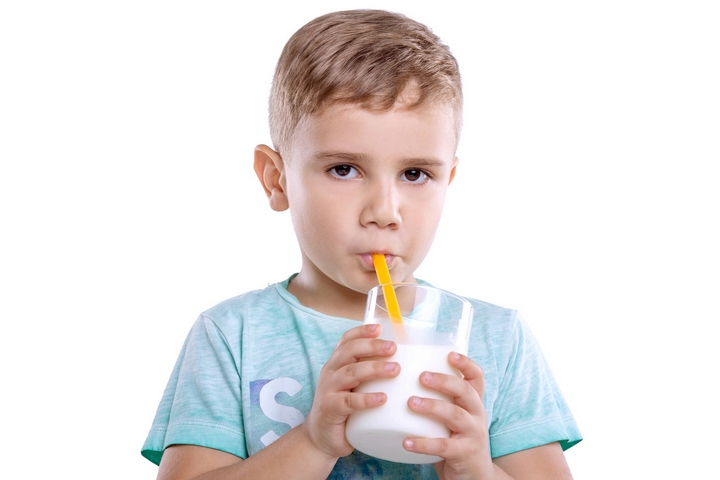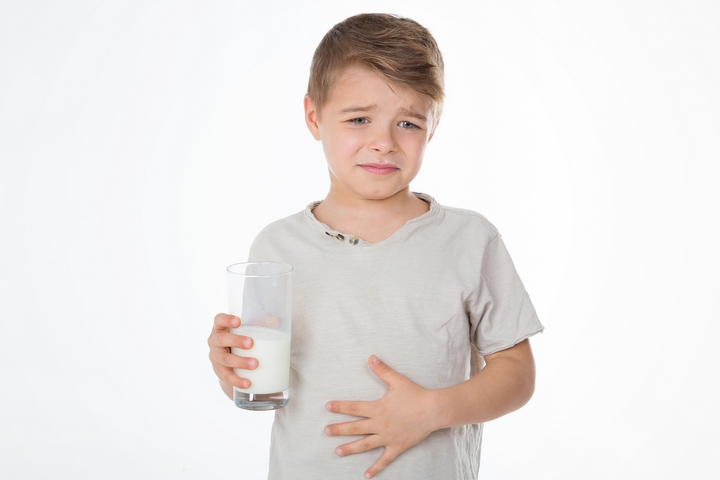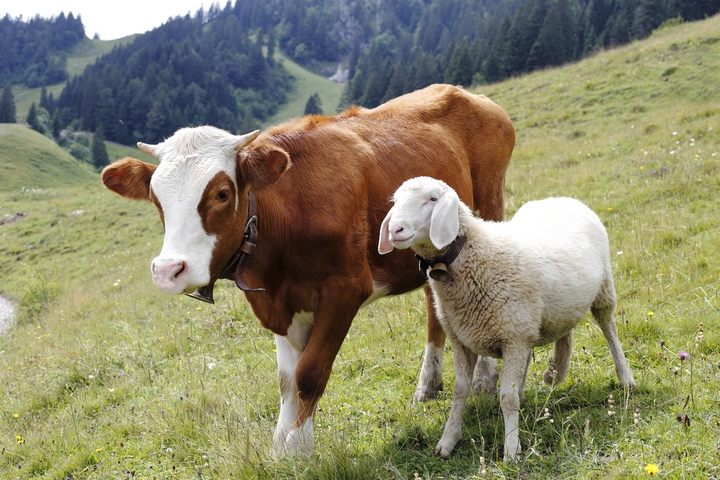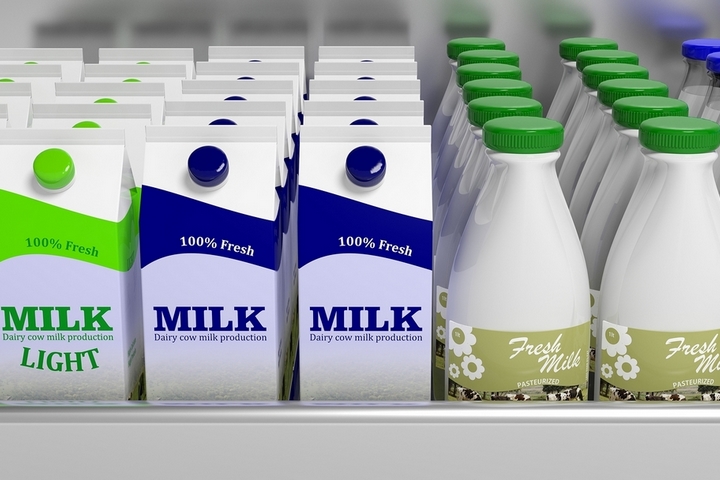
4 Signs to Tell If Your Child Has Lactose Intolerance
Lactose intolerance, cow milk sensitivity, cow milk protein allergy—what’s the difference? These terms are often confused for one another or used interchangeably. Although they are similar, they’re actually quite different diagnoses and require different types of treatments and food avoidances.
You want the best for your child, and you’re concerned about their health. If they’re having stomach troubles, it’s important to understand what the problem is. This way, you can make more informed dietary choices to ensure your child can get proper nutrients without associated pain or symptoms.
1. Lactose Intolerance Is Rare in Young Children

Lactose intolerance is a digestive issue that’s caused when there is a loss or reduction of the lactase enzyme, which breaks down and absorbs lactose. Symptoms typically appear minutes or a few hours after your child consumes dairy products, and they can include nausea, diarrhea, gas, abdominal cramping, and bloating. The severity of the symptoms can range depending on how much lactose has been ingested.
Many older children and adults are lactose intolerant. However, this diagnosis is actually rare among babies and young children. Very few babies are born with this intolerance. This condition is typically only seen after three years of age, after lactase enzymes start to decrease.
It is possible your young child has lactose intolerance, but it’s best to get a confirmed diagnosis from a medical professional before you start making dietary changes. You might not be dealing with a digestive issue at all—rather, you may be dealing with an immune system reaction.
As a result, your child may be able to drink and eat more than you expect because the problem may be an entirely different one than lactose intolerance.
2. Your Child Could Have Temporary Lactose Intolerance

What many parents don’t know is that temporary lactose intolerance is possible. It occurs for a short time, and then symptoms disappear and your child can drink milk and eat dairy products without any issues.
Temporary lactose intolerance can occur after your child has a stomach bug or when the intestines are inflamed, such as with celiac disease.
3. It Could Be a Cow Milk Protein Allergy

A milk protein allergy is often confused for lactose intolerance. Its symptoms include blood in the stool, wheezing, trouble swallowing, swelling around the mouth, colic, vomiting, diarrhea, a rash, eczema, or hives, and food refusal. In rare cases, death can be caused by anaphylactic shock. Symptoms usually start to appear within a few hours of drinking cow’s milk. Milk allergies are much more common within the first year of life than lactose intolerance.
Many of these symptoms are similar to those of lactose intolerance. A cow milk protein allergy, however, is just that—an allergy. That means it affects your child’s immune system rather than the digestive tract. It can be serious and even life threatening.
If your child has this allergy, they must avoid all products with cow milk protein, which can include other types of animal milk, such as goat’s milk.
4. It Could Be a Cow Milk Sensitivity

Cow milk sensitivity is another differential diagnosis to consider when your child has an upset stomach after drinking cow’s milk. The symptoms of this sensitivity, which are typically delayed after ingestion, can include abdominal pain, diarrhea, constipation, gas, bloating, and colic, as well as chronic congestion, cough, or running nose, or recurrent ear infections. Eczema and rashes can also appear.
If allergy tests have determined your child does not have a cow milk protein allergy, they may be able to drink other types of milk without symptoms, such as goat’s milk, to get the nutrients they need.
Determine what’s causing your child’s stomach issues, so you can make appropriate dietary adjustments.
